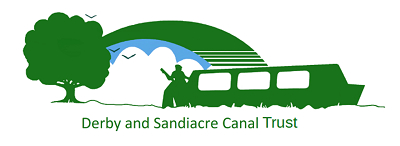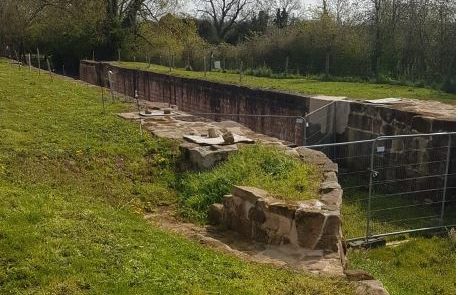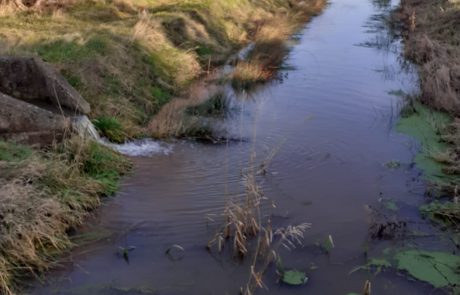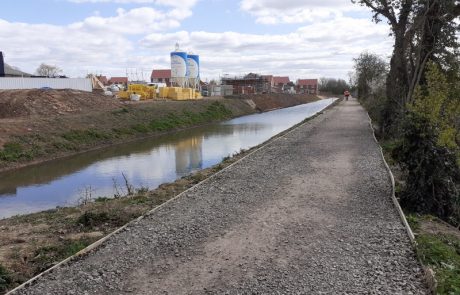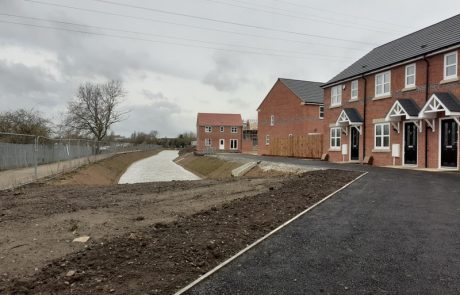Funding the Canal Restoration
The initial studies by Atkins outlined the design and projected cost of the complete canal line analysed into sections. These studies suggest a total current cost for restoration of the canal line at around £40m. Costs were calculated carefully after considering structures such as lift bridges, lock repairs including new gates as well as digging and lining the canal along the designated route. Much of the original clay will be preserved, but assumptions have been made that the canal will need to be built to “modern” standards to minimise future maintenance. As the canal has been filled in along its length it contains an estimated 7m tonnes of spoil, which, where tested along the line has proved to be inert and therefore potentially saleable. Contaminated spoil as found in the Sandiacre lock landfill site will represent a potential increase in Atkins costs.
Sources of funding of the total will be obtained from a number of potential areas including:
- Gifts of land worth up to a total of £3m
- Grants secured from Heritage Funds such as the Heritage Lottery Fund
- Grants from Community based funds often influenced by local authorities and designed to encourage employment or quality of life improvements
- Grants from philanthropic Charitable Foundations/Trusts
- Legacy grants and/or donations from individuals
- Land fill Tax Credits
- Private sector funding for commercial projects including Community Infrastructure Levy (CIL)
- Direct financing by Developers
- Commercial loan finance
- Commercial loan finance or grants specifically from the Local Enterprise Partnership (LEP)
The approach to funding at Draycott is to secure funding from a range of sources. Here the canal itself will be funded primarily by grant funding, supported by public donations. The Canal Cottages building was, however, financed by development loans from supporters as the asset being developed retains a commercial value and provides both tangible security and possible income generation to service the loans. The two projects running together may also generate other opportunities, as an example, the final refurbishment of the cottages shows the local heritage of the building and its environment so the planned museum area might be suitable for funding by heritage based grants.
In Spondon, a developer (Wheeldon Brothers) has begun to build more than a hundred houses on a large plot adjacent to the canal. By building a section of canal, the developer has reduced the required cost of building a balancing tank to deal with rainwater flooding. Likewise by using the canal land as part of the “leisure” provision they can sell properties close to the canal at a premium, thereby generating more profit. Thus they have provided the Trust with a “free” section of canal.
The availability of funding is a key driver to choosing which projects to pursue. We need to operate in a planned but opportunistic manner. Having a strategy already in mind for each section allows the Trust to respond to any opportunity that arises.
One thing that is certain is that the steady progress of each section put back into water underpins the support for the next section. Demonstration of the benefits in one section encourages the next and the financing challenge becomes easier.
Can you help?
The Trust needs volunteers to help with this key activity of fundraising. Do you have some time to offer to help research funding opportunities or maybe filling in application forms? Support from others with more experience is always available. Do you perhaps already have some professional experience of fundraising that you can volunteer to the Trust? We would really like to hear from you. Please get in touch.
If you would like to make a donation to the Trust to assist with the restoration of the Derby Canal, please click here to see the various ways that you can make a donation.
